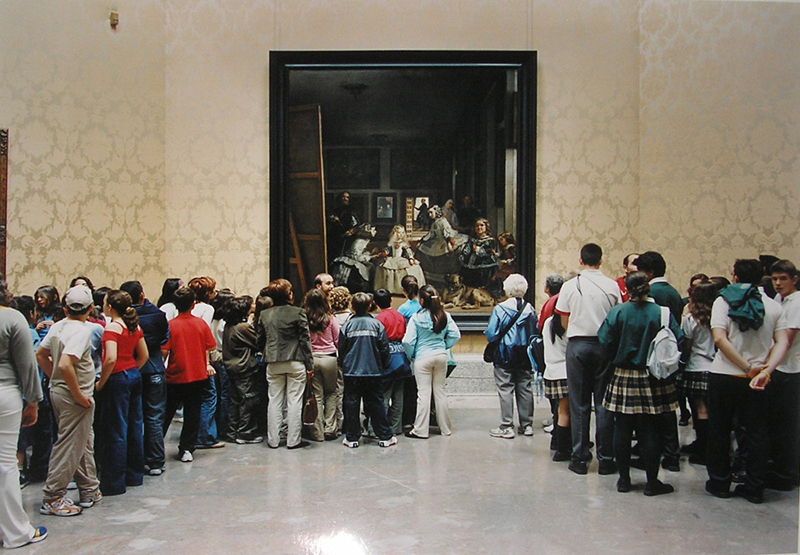
Construire une photographie relève de certains codes. Analyse des caractéristiques de la photographie objective et de la photographie subjective.
C’est l’un des exercices-clé de mon enseignement de la photographie.
Aux étudiant(e)s, je le livre de manière brute, sans explication : réalisez deux photographies d’un même lieu, l’une objective (j’ajoute parfois descriptive), l’autre perceptive (qualificatif que je privilégie car celui de photographie subjective soulève immédiatement l’objection attendue et néanmoins juste selon lequel toute photographie est par essence subjective).
Deux manières de pratiquer la photographie
Donc deux photos, comme peut-être deux manières d’approcher la photographie.
Et si l’une, l’objective-descriptive, appelle la réflexion, l’autre, la perceptive, semble plutôt en lien avec une certaine spontanéité. Pourtant, quand s’effectuent les premiers retours de l’exercice, les commentaires traduisent explicitement un investissement personnel pour la photo dite perceptive (dont nous dirons qu’elle résulte de la mise en jeu du corps du photographe), tandis que l’objective est accusée de tous les maux : neutre, banale, sans qualité, image de carte postale (nous y reviendrons). Bref, sans intérêt. Comme si la vraie photographie était plutôt du côté de l’affirmation d’une subjectivité perceptive, reconnue comme telle parce que l’image exhiberait visuellement des connotations stylistiques propres à caractériser le photographe, et à traduire son intentionnalité.
C’est là une pensée tout à fait respectable, et probablement est-elle, à un moment ou à un autre, celle de toute personne choisissant la photographie comme moyen d’expression. Une telle pensée méconnait pourtant la puissance d’une photographie plus descriptive, et le parti à tirer de ses codes.
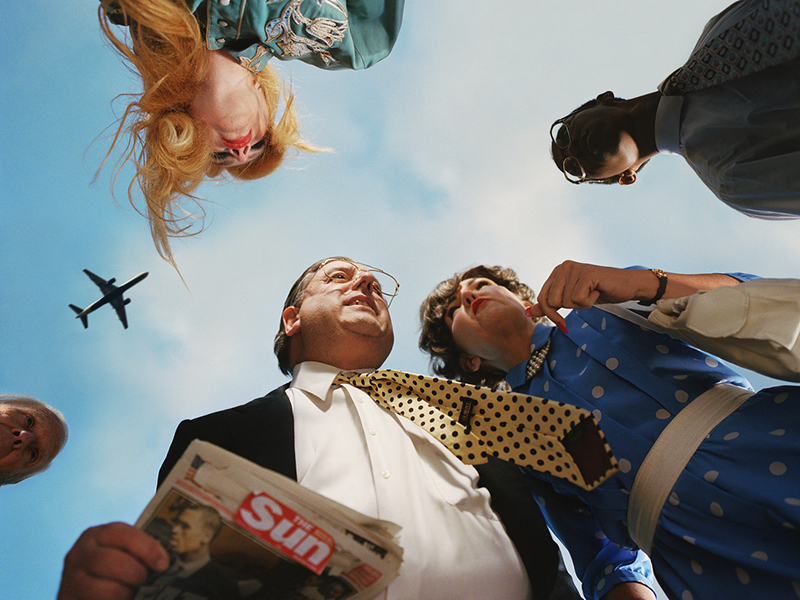
Une photo qui met l’accent sur les conditions de perception
Reprenons encore une fois l’énoncé de l’exercice : d’un côté donc, une photographie dite perceptive. Celle-ci s’exercerait à l’intérieur d’un triangle opérateur-machine-spectateur. Serait ainsi perceptive toute photo qui s’appuierait sur les caractéristiques de la machine photographique : déformation due à l’angle de champ, flou optique ou de mise au point, éblouissement résultant d’une surexposition ou obscurcissement relevant d’une sous-exposition, vignettage, prise de vue en noir et blanc, couleurs saturées, flash, etc.
Ou bien toute photo accusant la position du photographe : point de vue souligné (plongée ou contreplongée), distance au sujet (surtout si elle est rapprochée), cadrage original (les coupes d’une forme, d’un objet ou d’une partie du corps interrogent, le spectateur les supposera signifiantes). Ce dernier point est important puisqu’il introduit le spectateur en tant que pesant sur le plateau de la balance esthétique : certains éléments de l’image portent une intention qui doit pouvoir être rejointe.
Par exemple, la photo de Gary Winogrand ci-dessous. Bougé de la voiture, cadrage approximatif et penché, mouvement du vent sur la femme : autant d’éléments qui renforcent l’image dans l’instantanéité de sa perception.
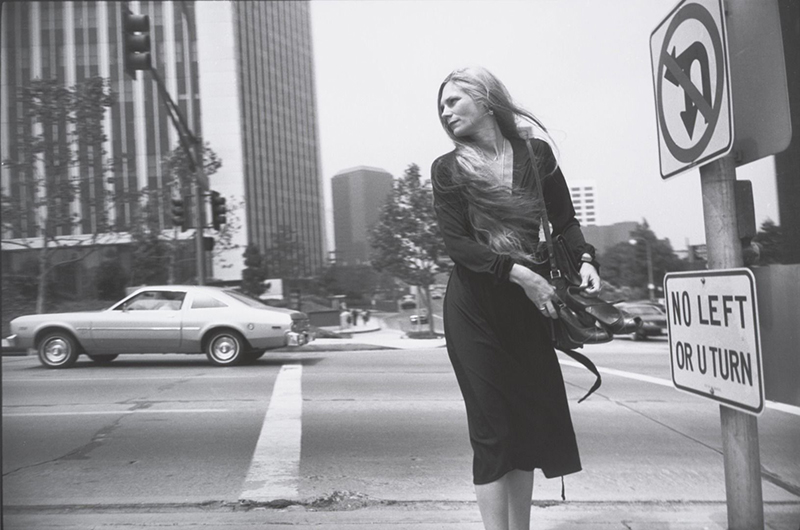
Une photo (presque) transparente
De l’autre côté, une photographie dite objective (descriptive), dans laquelle l’auteur s’efface derrière le sujet jusqu’à disparaître, la machine photographique se laissant oublier pour permettre au spectateur d’accéder au monde photographié comme par transparence. Pas d’intentionnalité apparente derrière la prise de vue si ce n’est celle de fixer le regard sur la chose, l’être ou le lieu en tant que document (ce qui, bien sûr, est déjà beaucoup). Présence du sujet, retrait de l’auteur.
Une manière de traverser l’image pour accéder directement au réel.
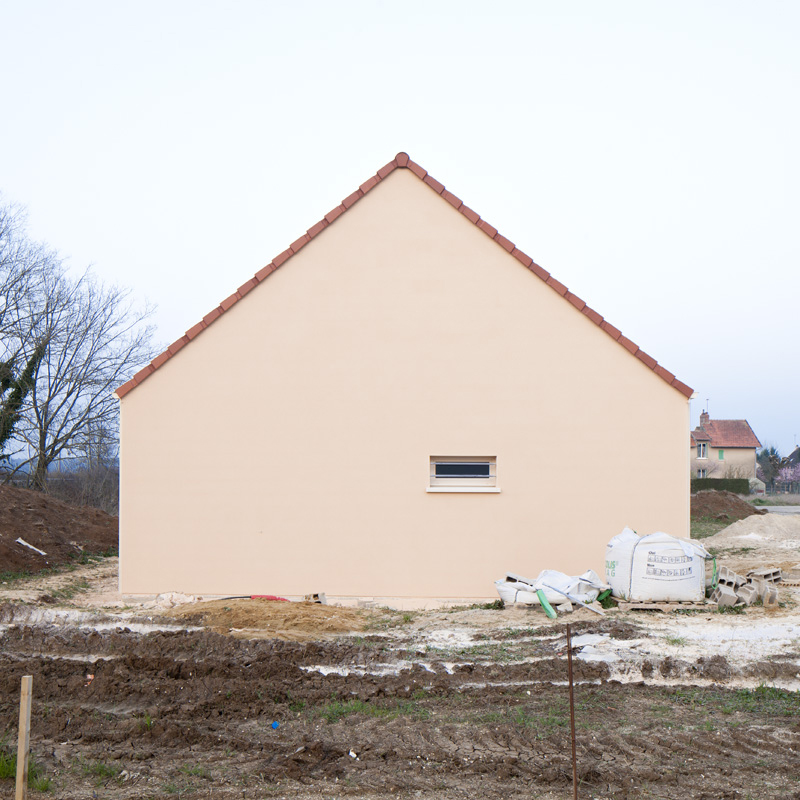
Essayons encore de distinguer grossièrement ces deux types de photographie. Je dis grossièrement parce que nous affinerons ensuite la réflexion et verrons à quel point nos catégories se révèleront, in fine, poreuses. Nous pourrions alors avancer que la photo objective donne une connaissance tandis que la photo perceptive transmet une expérience. Le réel ou sa sensation : une réflexion sur un medium contemporain qui sonnerait presque comme une méditation cartésienne…
Objectivité, Nouvelle Objectivité, Style Documentaire
Mais remontons un peu en arrière, sur les traces de l’historicité de cette notion d’objectivité photographique qui ne renvoie pas seulement à la photographie de l’Ecole de Düsseldorf, celle emblématiquement représentée par Bernd et Hilla Becher, professeurs de photographie artistique à l’Académie des Beaux-Arts de Düsseldorf, mais à d’autres moments de l’histoire de la photographie qui lui firent précédemment écho.
Ainsi, avant même l’objectivité, il y eut la Nouvelle Objectivité, mouvement artistique apparu en Allemagne au sortir de la première guerre mondiale, mouvement correspondant ici à un art qui se tourne vers le réel. La Nouvelle Objectivité en photographie est revendiquée par Albert Renger-Patzsch. Dans son ouvrage Le Monde est Beau, 1928, nature et objets du monde sont traités avec la même clarté, le même refus d’une photographie symbolique, psychologique ou narrative.
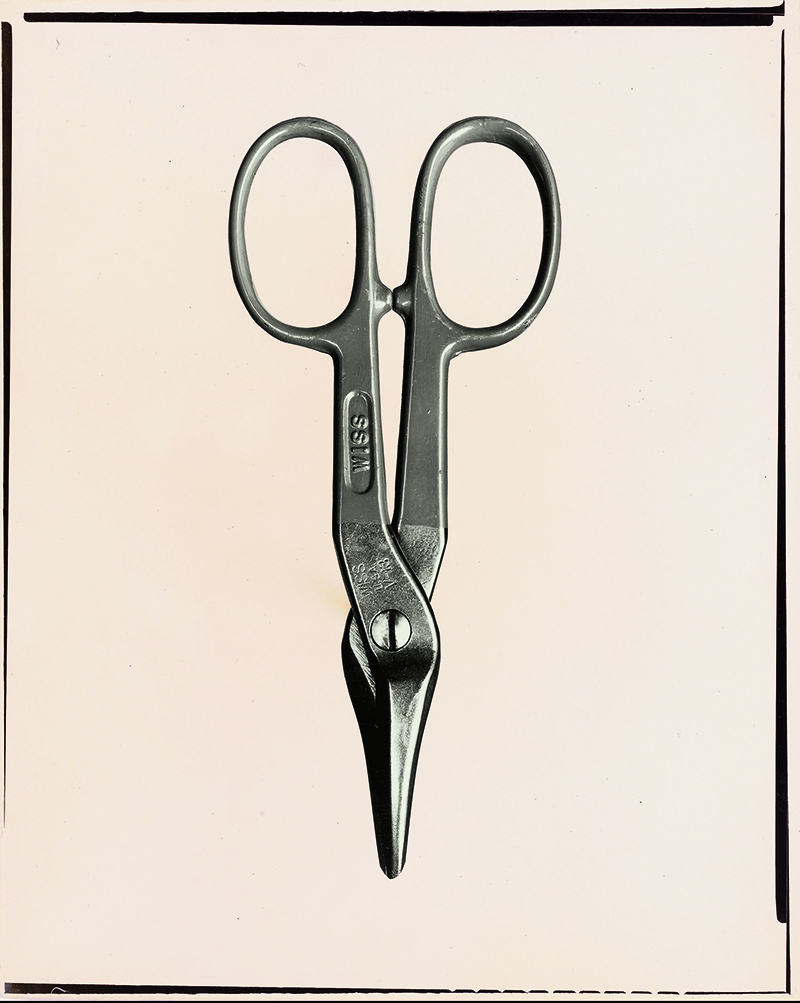
L’objectivité photographique entretient aussi des liens directs avec le style documentaire associé au photographe Walker Evans et théorisé par Olivier Lugon dans son livre, Le style documentaire : d’August Sander à Walker Evans, 1920-1945, Macula, Paris 2001. Walker Evans, lui-même grand collecteur et collectionneur de documents avait bien compris toute la problématique avec sa célèbre phrase : « l’art n’est jamais un document mais il peut en reprendre le style », phrase dans laquelle on pourra compléter efficacement document par objectif.
À suivre :
- 2ème partie : Les propriétés supposées de la photographie objective
Photography: the codes of objectivity and perception
This is one of the key exercises in my teaching of photography. I give it to the students in a rough way, without explanation: take two photographs of the same place, one objective (I sometimes add descriptive), the other perceptive (a qualification that I prefer because the subjective photography immediately raises the expected and nevertheless fair objection that all photography is by essence subjective).
So two photographs, as perhaps two ways of approaching photography.
And if one, the objective-descriptive, calls for thinking, the other, the perceptive, seems rather related to a certain spontaneity. However, when the first returns from the exercise come, the comments explicitly reflect a personal investment in the so-called perceptive photo (let’s say it is the result of a photographer’s point of view), while the objective is accused of all evils: neutral, banal, without quality, postcard image (we’ll come back to this later). In short, without interest. As if real photography were rather on the side of asserting a perceptive subjectivity, recognized as such because the image would visually exhibit stylistic connotations that would characterize the photographer, and translate his intentionality. This is a very respectable thought, and probably at some point in time, it is the thought of anyone who chooses photography as a means of expression. Such a thought, however, misunderstands the power of a more descriptive photography, and the benefit to be drawn from its codes.
Let us take up again the statement of the exercise: on the one hand, therefore, a so-called perceptive photograph. This would be exercised within an operator-machine-spectator triangle. Thus, any photograph based on the characteristics of the photographic machine would be perceptive: distortion due to the angle of field, optical or focusing blur, glare resulting from overexposure or obscuration due to under-exposure, vignetting, black and white shots, saturated colors, flash, etc., would be perceptive. Or any photo that accuses the photographer’s position: underlined point of view (high-angle or low-angle shots), distance to the subject (especially if close up), original framing (cuts of a shape, object or body part are questionable, the viewer will assume them to be significant). This last point is important since it introduces the spectator as a weigher on the aesthetic scale: certain elements of the image carry an intention that must be reachable.
On the other hand, a so-called objective (descriptive) photograph, in which the author fades behind the subject until he disappears, the photographic machine allowing itself to be forgotten to allow the viewer to access the photographed world as if by transparency. There is no apparent intentionality behind the shooting, except for the fact that the viewer’s gaze is fixed on the thing, the being or the place as a document (which, of course, is already a lot). Presence of the subject, withdrawal of the author.A way of crossing the image to directly access the real.
Let’s try again to make a rough distinction between these two types of photography. I say roughly because we will then refine the reflection and see to what extent our categories will reveal themselves, in fine, porous. We could then argue that the objective photo gives knowledge while the perceptive photo transmits experience. The real or its sensation: a reflection on a contemporary medium that would sound almost like a Cartesian meditation?
But let’s go back a bit, in the footsteps of the historicity of this notion of photographic objectivity, which does not only refer to the photography of the Düsseldorf School, the one emblematically represented by Bernd and Hilla Becher, professors of artistic photography at the Academy of Fine Arts in Düsseldorf, but to other moments in the history of photography that previously echoed it.
Thus, even before objectivity, there was the New Objectivity, an artistic movement that appeared in Germany at the end of the First World War, a movement corresponding here to an art that turns towards the real. The New Objectivity in photography is claimed by Albert Renger-Patzsch. In his book Die Welt ist schön, 1928, nature and objects of the world are treated with the same clarity, the same refusal of a symbolic, psychological or narrative photography.
Photographic objectivity also has direct links with the documentary style associated with the photographer Walker Evans and theorized by Olivier Lugon in his book, The documentary style: from August Sander to Walker Evans, 1920-1945, Macula, Paris 2001. Walker Evans, himself a great collector of documents, had understood the whole issue with his famous phrase: « art is never a document, but it can take the style of it », a sentence in which one can effectively complete document with objective.
This will be the subject of the second part of this article.
